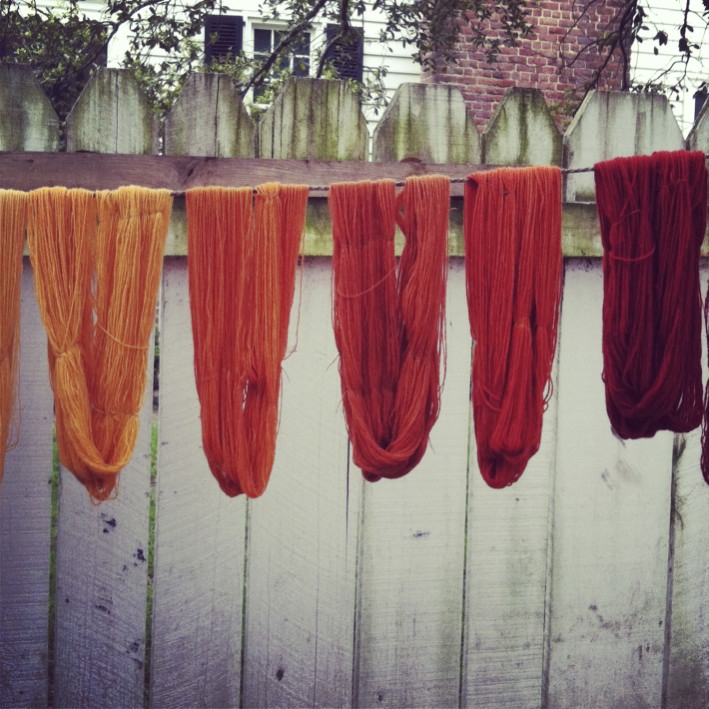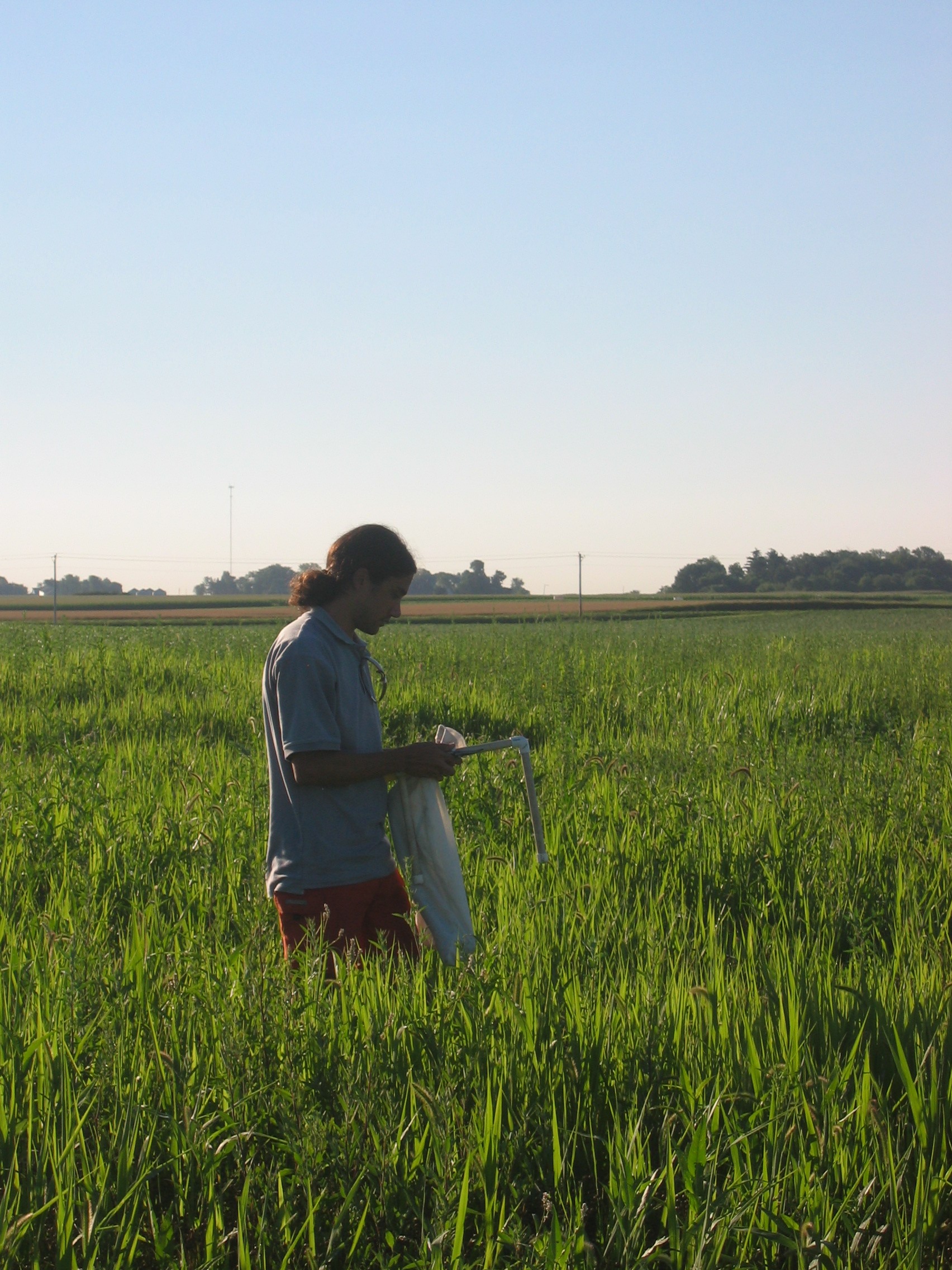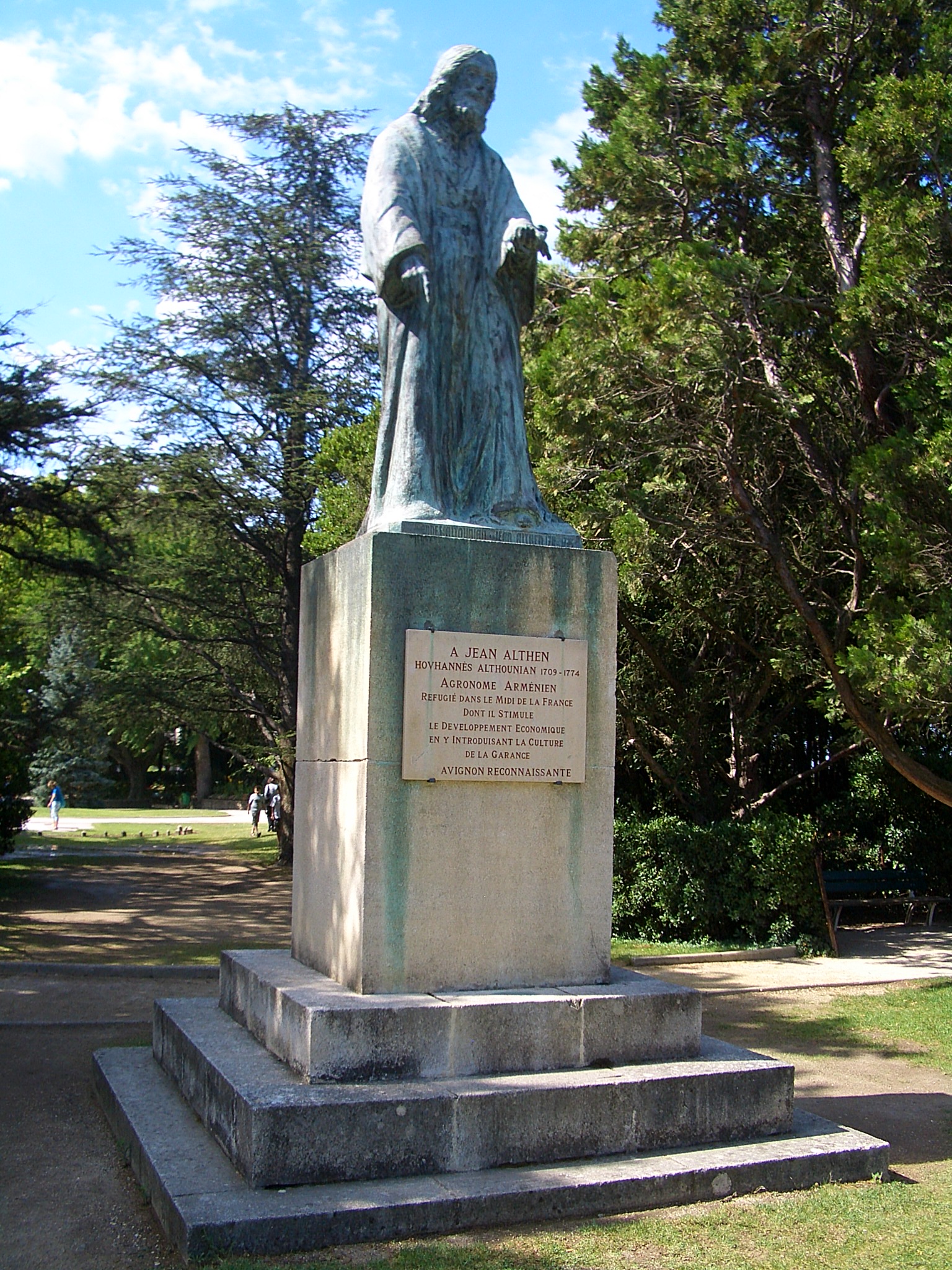|
Cəhri
Cəhri (, also, Jahri, Jagry, Dzhagry, and Dzhakhri) is a village and municipality in the Babek District of Nakhchivan, Azerbaijan. It is located 23 km in the north from the district center, on the bank of the Jahrichay River, on the foothill area. Its population is busy with grain growing, vegetable-growing and animal husbandry. There are two secondary schools, two kindergartens, five libraries, three mosques, a children's music school, a club and a hospital in the village. It has a population of 8,454. The settlement of the ''İşıqlar'' of the Middle Ages has been recorded in north-east of the village of Jahri. History The area was inhabited since early centuries, the settlements where located in the territory of the village. The remaining ruins of the settlements of the ''Ishyqlar'', ''Kandtapa'', ''Uzuntapa'', ''Goshatapa'', ''Garajalar'', ''Ayriarch'' show the ancient history of the village of the Jahri. During the reign of the Arshakuni dynasty, Jahuk was the central ... [...More Info...] [...Related Items...] OR: [Wikipedia] [Google] [Baidu] |
Administrative Divisions Of Azerbaijan
Azerbaijan is administratively divided into 67 districts () and 11 cities () that are subordinate to the Republic. Out of these districts and cities, 7 districts and 1 city are located within the Nakhchivan Autonomous Republic. The districts are further divided into Municipalities of Azerbaijan, municipalities (). Additionally, the districts of Azerbaijan are grouped into 14 Economic regions of Azerbaijan, Economic Regions (). On 7 July 2021, President of Azerbaijan Ilham Aliyev signed a decree "On the new division of economic regions in the Republic of Azerbaijan". Administrative divisions Contiguous Azerbaijan The list below represents the districts of contiguous Azerbaijan. For those of the Nakhchivan exclave, see further below. Nakhchivan Autonomous Republic The seven districts and one municipality of the Nakhchivan Autonomous Republic are listed below. Economic regions Nagorno-Karabakh The territory of former Nagorno-Karabakh Autonomous Oblast presently ... [...More Info...] [...Related Items...] OR: [Wikipedia] [Google] [Baidu] |
Stepan Sapah-Gulian
Stepan Sapah-Gulian (, February 14, 1861 – April 28, 1928) was a prominent Armenian journalist, political scientist, intellectual and a leader of the Social Democrat Hunchakian Party. Biography Stepan Sapah-Gulian was born in Dzhagry, a village just north of Nakhichevan on 14 February 1861. He attended the Nersisian School in Tiflis for his primary and secondary education and was later appointed director of schools in Nakhichevan. In 1887 he was arrested by Tsarist authorities and briefly jailed. Sapah-Gulian met with renowned Hunchakian activist Paramaz (Matteos Sarkissian) in Nakhichevan and Meghri, and discussed revolutionary ideas. He traveled throughout the Asian areas of the Ottoman Empire, and was later briefly director of the Armenian school in Jerusalem prior to his departure to Paris for continuation of higher education. In 1895 he graduated from the École Libre des Sciences Politiques with future French Prime Minister Raymond Poincaré. As an ardent activist for t ... [...More Info...] [...Related Items...] OR: [Wikipedia] [Google] [Baidu] |
Rosy Armen
Rosy Armen () is a French singer of Armenian descent. She is a multilingual singer, with most songs in French and Armenian, but also in other languages such as English, German, Spanish, and Italian. Biography Rosy Armen was born to Kourchoud Hovhannessian from Dzhagry, Nakhitchevan and to Nvart Alozian from an Armenian suburb of Van. The Armenian couple had met each other after having immigrated to France in the 1920s.ԼԵԳԵՆԴ ԴԱՐՁԱԾ ՌՈԶԻ ԱՐՄԵՆԸ ԵՐԵՎԱՆՈՒՄ Է (in Armenian)} Rosy Hohannessian was born in , |
Armenian Apostolic Church
The Armenian Apostolic Church () is the Autocephaly, autocephalous national church of Armenia. Part of Oriental Orthodoxy, it is one of the most ancient Christianity, Christian churches. The Armenian Apostolic Church, like the Armenian Catholic Church, belongs to the Armenian Rite. The Kingdom of Armenia (antiquity), Kingdom of Armenia was the first state in history to adopt Christianity as its official religion (under the Armenian Apostolic traditions) during the rule of Tiridates III of Armenia, King Tiridates III, of the Arsacid dynasty of Armenia, Arsacid dynasty in the early 4th century. According to tradition, the church originated in the missions of Apostles Bartholomew the Apostle, Bartholomew and Jude the Apostle, Thaddeus (Jude) in the 1st century. St. Gregory the Illuminator was the first official primate (bishop), primate of the church. It is sometimes referred to as the Armenian Apostolic Orthodox Church, Armenian Church or Armenian Gregorian Church. The Armenian Ap ... [...More Info...] [...Related Items...] OR: [Wikipedia] [Google] [Baidu] |
Catholicos
A catholicos (plural: catholicoi) is the head of certain churches in some Eastern Christian traditions. The title implies autocephaly and, in some cases, it is the title of the head of an autonomous church. The word comes from ancient Greek ( ), derived from (, "generally") from (, "down") and (, "whole"), meaning "concerning the whole, universal, general"; it originally designated a financial or civil office in the Roman Empire.Wigram, p. 91. The Church of the East, some Oriental Orthodox, Eastern Orthodox, and Eastern Catholic churches historically use this title;The Motu Proprio ''Cleri Sanctitati'' Canon 335 for example the Armenian Apostolic Church and the Georgian Orthodox Church. In the Church of the East, the title was given to the church's head, the patriarch of the Church of the East; it is still used in two successor churches, the Assyrian Church of the East and the Ancient Church of the East, the heads of which are known as catholicos-patriarchs. In the Armen ... [...More Info...] [...Related Items...] OR: [Wikipedia] [Google] [Baidu] |
Lazar I Of Armenia
Catholicos Lazar I of Armenia was the Catholicos of the Armenian Apostolic Church between 1737 and 1751. He is notable for the numerous troubles he personally got into during his reign. Lazar had been bishop of Smyrna, Turkey and was a native of Jahuk. He was said to be beloved by his nation and many wanted him to be the Catholicos when Abraham III died, though another party supported Gregory the Armenian Patriarch of Jerusalem. Lazar's supporters were more numerous and upon his election Lazar left Smyrna and made a grand procession to Erzurum, where the bishop received him. The governor there however detained him for a time until suddenly dying, an event blamed on divine wrath directed by Lazar. Lazar in turn blamed the bishop and was allowed to leave, escaping to Kars. Meanwhile, word arrived in Erzurum that the sultan demanded Lazar's arrest as he had not applied to the sultan for proper approval of letters patent for his election. Lazar was notified of the danger and he fled to ... [...More Info...] [...Related Items...] OR: [Wikipedia] [Google] [Baidu] |
USSR
The Union of Soviet Socialist Republics. (USSR), commonly known as the Soviet Union, was a List of former transcontinental countries#Since 1700, transcontinental country that spanned much of Eurasia from 1922 until Dissolution of the Soviet Union, it dissolved in 1991. During its existence, it was the list of countries and dependencies by area, largest country by area, extending across Time in Russia, eleven time zones and sharing Geography of the Soviet Union#Borders and neighbors, borders with twelve countries, and the List of countries and dependencies by population, third-most populous country. An overall successor to the Russian Empire, it was nominally organized as a federal union of Republics of the Soviet Union, national republics, the largest and most populous of which was the Russian SFSR. In practice, Government of the Soviet Union, its government and Economy of the Soviet Union, economy were Soviet-type economic planning, highly centralized. As a one-party state go ... [...More Info...] [...Related Items...] OR: [Wikipedia] [Google] [Baidu] |
Gaik Ovakimian
Haik Badalovich Ovakimian (Hayk Hovakimyan), Major General, USSR (11 August 1898, in Nakhchivan – 13 March 1967, in Moscow), better known as "the puppetmaster" in intelligence circles, was a leading Soviet NKVD spy in the United States. Of Armenian descent, he was a member of the Communist Party from 1917 and joined the NKVD in 1931 while a graduate student at Moscow's Bauman Higher Technical School and went immediately into foreign intelligence. Ovakimian was sent to Germany on an assignment emphasizing scientific-technical espionage. In 1932 he returned to the Soviet Union for advanced technical training at the Workers' and Peasants' Red Army Military-Chemical Academy. In 1933 he was sent to the United States as deputy head of the NKVD's scientific-technical intelligence section, operating under the cover of being an engineer for Amtorg. The FBI agent, Robert J. Lamphere, has revealed that Gaik Ovakimian had been under investigation since soon after arriving in the United ... [...More Info...] [...Related Items...] OR: [Wikipedia] [Google] [Baidu] |
Kingdom Of France
The Kingdom of France is the historiographical name or umbrella term given to various political entities of France in the Middle Ages, medieval and Early modern France, early modern period. It was one of the most powerful states in Europe from the High Middle Ages to 1848 during its dissolution. It was also an early French colonial empire, colonial power, with colonies in Asia and Africa, and the largest being New France in North America geographically centred around the Great Lakes. The Kingdom of France was descended directly from the West Francia, western Frankish realm of the Carolingian Empire, which was ceded to Charles the Bald with the Treaty of Verdun (843). A branch of the Carolingian dynasty continued to rule until 987, when Hugh Capet was elected king and founded the Capetian dynasty. The territory remained known as ''Francia'' and its ruler as ('king of the Franks') well into the High Middle Ages. The first king calling himself ('King of France') was Philip II of Fr ... [...More Info...] [...Related Items...] OR: [Wikipedia] [Google] [Baidu] |
Rubia
''Rubia'' is the type genus of the Rubiaceae family of flowering plants, which also contains ''Coffea'' (coffee). It contains around 80 species of perennial scrambling or climbing herbs and subshrubs native to the Old World. The genus and its best-known species are commonly known as madder, e.g. ''Rubia tinctorum'' (common madder), '' Rubia peregrina'' (wild madder), and '' Rubia cordifolia'' (Indian madder). Uses ''Rubia'' was an economically important source of a red pigment in many regions of Asia, Europe and Africa. The genus name ''Rubia'' derives from the Latin ' meaning "red". The plant's roots contain an anthracene compound called alizarin that gives its red colour to a textile dye known as Rose madder. It was also used as a colourant, especially for paint, that is referred to as Madder lake. The synthesis of alizarin greatly reduced demand for the natural compound. In Georgia and Armenia, Rubia is used for dying Easter eggs red. History Several species, such a ... [...More Info...] [...Related Items...] OR: [Wikipedia] [Google] [Baidu] |
Agronomist
An agriculturist, agriculturalist, agrologist, or agronomist (abbreviated as agr.) is a professional in the science, practice, and management of agriculture and agribusiness. It is a regulated profession in Canada, India, the Philippines, the United States, and the European Union. Other names used to designate the profession include agricultural scientist, agricultural manager, agricultural planner, agriculture researcher, or agriculture policy maker. The primary role of agriculturists are in leading agricultural projects and programs, usually in agribusiness planning or research for the benefit of farms, food, and agribusiness-related organizations. Agriculturists usually are designated in the government as public agriculturists serving as agriculture policymakers or technical advisors for policy making. Agriculturists can also provide technical advice for farmers and farm workers such as in making crop calendars and workflows to optimize farm production, tracing agricultural ... [...More Info...] [...Related Items...] OR: [Wikipedia] [Google] [Baidu] |
Jean Althen
Jean-Baptiste Joannis Althen, better simply known as Jean Althen (Hovhannès Althounian; 1709–1774), was an Armenian agronomist from Safavid Iran who developed the cultivation of madder in France. Although the plant had been present in the region before his arrival, it was Jean-Baptiste Althen who developed its cultivation, turning it into an industry. Biography Jean-Baptiste was born to a certain "Althen and Catherine Madrecha" in the Safavid Empire, in a village he called "Chaouch". Jean-Baptiste grew up in a time of much turmoil, as the Safavid Empire, then ruled by King (''Shah'') Sultan Husayn (1694–1722), was in a state of heavy decline. During the Afghan invasion, Jean-Baptiste's parents were killed while he was enslaved and brought to Kayseri in the Ottoman Empire. According to Sibylla Schuster-Walser / ''Encyclopædia Iranica'', in Kayseri, "he learned cotton cultivation and dyeing". In ca. 1736, Jean-Baptiste managed to escape and moved to France. In France, he re ... [...More Info...] [...Related Items...] OR: [Wikipedia] [Google] [Baidu] |




